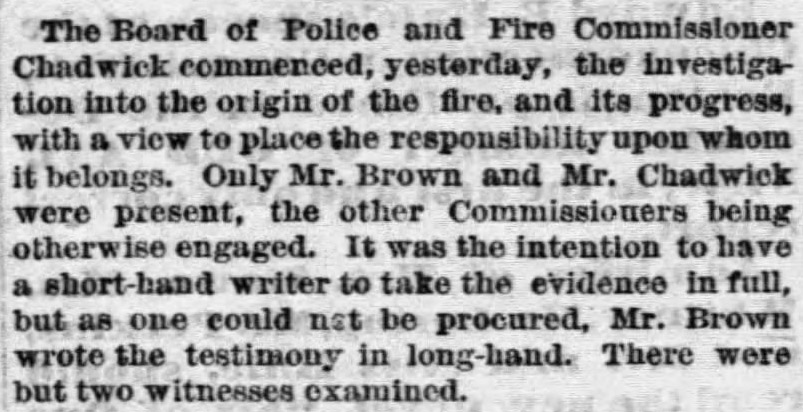
As of Nov. 25, 1871, the Chicago Relief and Aid Society’s Bureau of Special Relief had helped 1,525 families.
This was a special effort to help people “who were the least accustomed to deprivation and hardship,” who “would perish rather than appear as the recipients of public bounty.”
The group set up a system where these people would be “permitted to seek relief where publicity could be avoided, and the shock be lessened to their sensitiveness and reserve.”
“Very few, if any, of these had previously sought for relief through the ordinary channels," the Relief & Aid Society noted in a report …
These people "would, no doubt, some from pride and some from inability through sickness or infirmity, have suffered the very extremity of distress before they would or could have looked for succor in that direction.”
Among other things, the bureau helped the women in these families purchase sewing machines at discounted prices.
Source: hdl.handle.net/2027/mdp.39015…
• • •
Missing some Tweet in this thread? You can try to
force a refresh










